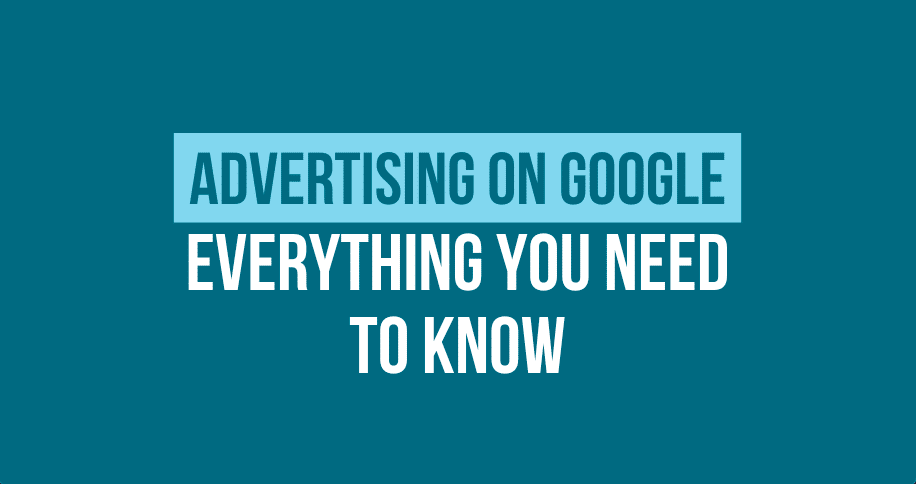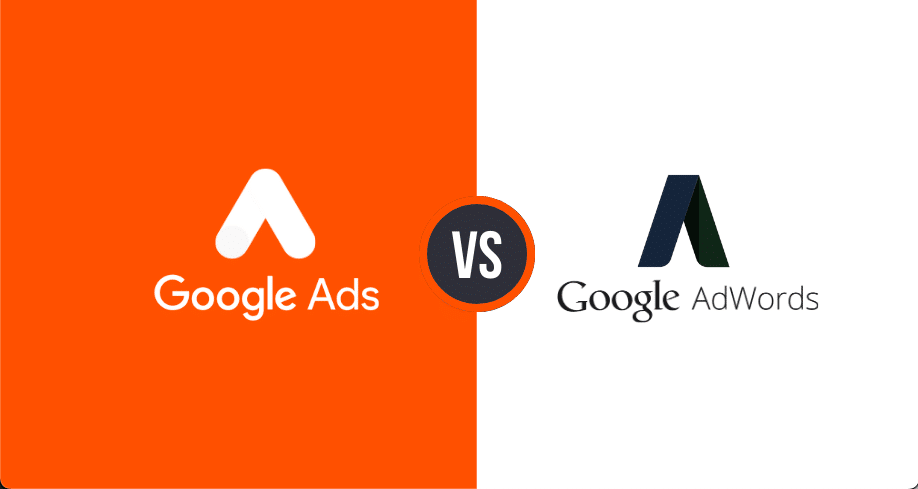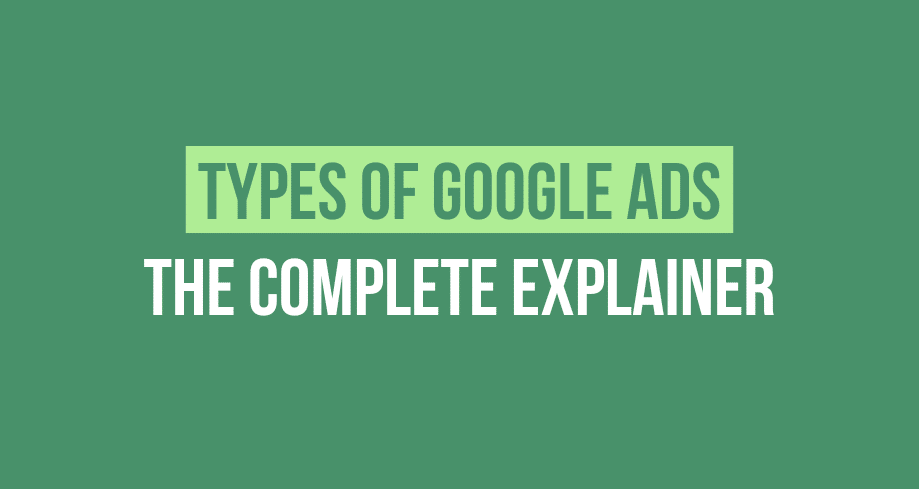Businesses constantly explore various avenues to reach their target audience and drive growth. One such avenue that has garnered significant attention is advertising on Google. With Google being the world’s most popular search engine, it offers businesses immense potential to connect with potential customers and achieve their marketing objectives. However, understanding the worth of advertising on Google is crucial before investing time and resources into this strategy.
This post aims to provide you with a comprehensive overview of advertising on Google and help you determine whether it is worth it for your business. We will explore the advantages of Google advertising, factors to consider when embarking on a Google advertising campaign, potential drawbacks, and real-life case studies. By the end of this post, you will have the knowledge and insights needed to decide whether advertising on Google is a viable option for your business. So, let’s delve into the world of Google advertising and uncover everything you need to know.
What Is Google Advertising?
Google advertising refers to the practice of promoting products, services, or brands on the Google platform to reach a wider audience and drive targeted traffic to websites or landing pages. It operates through Google’s advertising service known as Google Ads, which allows businesses to create and display ads on various Google-owned properties, including the search engine results pages (SERPs), websites participating in the Google Display Network, YouTube, and other partner sites.
For this, you need a Google Ads account that can deal with:
- Google Search ads
- Ad Spend
- Ad Campaigns
- PPC ads
- Search ads
- Local business ads
- Shopping ads
- and much more.
Google Ads offers advertisers a powerful and flexible digital marketing platform to showcase their offerings to potential customers actively searching for relevant information or browsing websites within their niche. By leveraging a pay-per-click (PPC) model, businesses can bid on specific keywords related to their products or services and display their ads when users search for those keywords or visit relevant websites.
Types of Google Advertising
Google Ads
Google Ads, formerly known as Google AdWords, is the primary advertising platform within Google’s ecosystem. It allows advertisers to create text-based, image-based, or video-based ads that appear alongside search results when users enter relevant search queries. These ads are displayed at the top or bottom of the SERPs, marked as “Ads” or “Sponsored.” Some Google Ads are worth thousands, given the level of competition for a particular keyword.
Google Display Network (GDN)
The Google Display Network extends the reach of advertising beyond search results by enabling businesses to display visual ads on a vast network of partner websites and apps. These ads can be in the form of banners, images, interactive media, or even text. GDN offers a broader reach, allowing businesses to target potential customers based on demographics, interests, and browsing behavior.
Benefits and Reach of Advertising on Google
Wide Audience Reach
With billions of daily searches and a massive network of partner websites, advertising on Google provides access to an extensive audience base. This reach allows businesses to connect with potential customers actively seeking information or engaging with relevant content.
Precise Targeting
Google Ads provides precise targeting options, allowing businesses to define their audience based on factors such as keywords, demographics, location, and interests. This targeting capability ensures that ads are shown to users who are most likely to be interested in the products or services being promoted, increasing the chances of conversions.
Measurable Results
Google Ads provides comprehensive analytics and reporting tools that allow businesses to measure the performance of their advertising campaigns. Advertisers can track metrics such as impressions, clicks, conversions, and return on investment (ROI), enabling data-driven decision-making and optimization of campaigns for better results.
Remarketing Opportunities
Google’s remarketing capabilities allow businesses to target users who have previously interacted with their website or shown interest in their products. By retargeting these users with personalized ads, businesses can increase brand recall, engagement and ultimately drive conversions.
Advantages of Advertising on Google:
Targeted Advertising
Google Ads allows precise targeting based on keywords, demographics, and location. Here’s why it’s advantageous:
- Keyword Targeting: Advertisers can bid on specific keywords related to their products or services. When users search for those keywords on Google, their ads can appear, ensuring relevance and targeting the right audience actively seeking related information.
- Demographic Targeting: Advertisers can define their target audience based on demographic criteria such as age, gender, income, and interests. This targeting helps businesses tailor their ads to specific customer segments, increasing the likelihood of connecting with potential customers who are more likely to engage or convert.
- Location Targeting: Google Ads enables advertisers to target specific geographic locations, ranging from countries to cities or even specific radiuses around physical locations. This feature is particularly useful for businesses with local or regional target markets, ensuring that their ads are displayed to users in their desired locations.
High Visibility
Google ads enjoy prominent placement on search engine result pages (SERPs), offering businesses several advantages:
- Top of SERPs: Google Ads appear at the top of the search results, above the organic search listings. This prime position increases the visibility of ads and enhances brand exposure. Users are more likely to notice and click on these ads, potentially leading to increased website traffic and conversions.
- Ad Extensions: Google Ads work and also support ad extensions, which allow advertisers to include additional information, such as call buttons, site links, or location details. These extensions enhance the visibility and appeal of ads, making them more clickable and providing users with valuable information upfront.
The high visibility of Google ads on SERPs allows businesses to capture the attention of users actively searching for relevant information on an ad campaign. By being prominently displayed, businesses can increase brand exposure, drive website traffic, and generate leads or sales.
Cost-Effectiveness
Google Ads operates on a pay-per-click (PPC) model, offering several cost-effective advantages:
- Control over Budget: Advertisers have full control over their advertising budget. They can set daily or monthly spending limits, ensuring that they don’t overspend. This control allows businesses to allocate their advertising budget effectively and adjust based on performance and goals.
- Pay Only for Clicks: With the PPC model, advertisers only pay when users click on their ads. This means that businesses are not charged for ad impressions or views, but only for actual engagement. Advertisers have the opportunity to reach a wide audience, but they only pay when there is genuine interest in their ads.
- Optimization for ROI: Google Ads provides robust tracking and analytics tools, allowing advertisers to measure the performance of their campaigns. By analyzing data such as click-through rates (CTR), conversions, and cost per conversion, businesses can optimize their campaigns for maximum return on investment (ROI). Advertisers can make data-driven decisions, refine their targeting, adjust bids, and improve ad copy to achieve better results.
The cost-effectiveness of Google Ads lies in its ability to provide businesses with control over their budget, pay only for actual engagement, and optimize campaigns based on measurable results. This allows businesses of all sizes to leverage Google advertising while ensuring a positive ROI.
Factors to Consider
When considering advertising on Google, it’s crucial to understand the level of competition in this space and its impact on your campaigns. Here’s what to consider:
- Level of Competition: Google advertising is highly competitive, especially in popular industries or with widely searched keywords. Many businesses are vying for top ad placements, which can drive up costs and require more strategic efforts to stand out.
- Impact on Cost and Effectiveness: Increased competition often leads to higher bid prices for popular keywords. This can increase the cost per click (CPC) or cost per acquisition (CPA). Additionally, intense competition may make it more challenging to achieve top ad positions, potentially impacting the visibility and effectiveness of your ads.
Understanding the competitive landscape helps you set realistic expectations and plan your Google advertising strategy accordingly, considering factors like budget allocation, bidding strategies, and the need for differentiation.
Ad Quality and Relevance
Creating high-quality ads that align with user intent is essential for success in Google advertising. Consider the following:
- Importance of Ad Quality: High-quality ads are visually appealing, engaging, and provide clear and concise messaging. They should resonate with the target audience, showcasing the unique value proposition of your products or services. Well-crafted ads can significantly impact click-through rates (CTRs) and user engagement.
- Relevance and User Intent: Relevance is key to capturing users’ attention and driving conversions. Ads that align with user intent addressing their needs or search queries tend to receive higher CTRs and are more likely to generate conversions. Ensuring your ads match the user’s search intent helps maximize the effectiveness of your campaigns.
By focusing on ad quality and relevance, you can increase the likelihood of capturing user attention, driving higher engagement, and achieving better results from your Google advertising efforts.
Keyword Research
Thorough keyword research plays a vital role in the success of your Google advertising campaigns. Consider the following aspects:
- Significance of Keyword Research: Keyword research helps identify your target audience’s terms and phrases when searching for similar products or services. It allows you to understand the search landscape, identify relevant keywords, and optimize your campaigns accordingly.
- Improving Ad Performance: Selecting the right keywords improves the performance of your ads in several ways. It increases the chances of your ads appearing to the most relevant audience, enhances ad relevance scores, and improves click-through rates (CTRs). Targeting specific and relevant keywords can also help manage costs by minimizing exposure to less relevant or competitive search terms.
Thorough keyword research empowers you to make informed decisions about the keywords to target, ensuring that your ads reach the right audience and optimize campaign performance.
Frequently Asked Questions
How much does Google advertising cost?
The cost of Google advertising varies depending on various factors. Google Ads operates on a pay-per-click (PPC) model, which means you pay only when someone clicks on your ad. The cost per click (CPC) is determined through an auction system, where advertisers bid on keywords. Popular or competitive keywords tend to have higher CPCs. Ad quality, relevance, and targeting options can also influence costs.
How can I measure the success of my Google advertising campaigns?
Google Ads provides comprehensive tracking and analytics tools to measure the success of your campaigns. Key metrics to consider include impressions (the number of times your ad is shown), clicks (the number of times your ad is clicked), click-through rate (CTR), conversions (actions you want users to take, such as purchases or form submissions), and return on investment (ROI).
How long does it take to see results from Google advertising?
The time it takes to see results from Google advertising can vary based on several factors, including your industry, competition, targeting, and ad optimization. Generally, you can see initial data and performance insights within a few days of launching your campaigns. However, seeing significant results in increased website traffic, conversions, and ROI usually takes longer. It is important to give your campaigns enough time to gather data and optimize them based on performance trends. Continuously monitor and refine your ads, keywords, and targeting to achieve optimal results over time.
Conclusion
In conclusion, when considering whether advertising on Google is worth it for your business, it is essential to evaluate its worth based on your individual business goals. Google advertising offers numerous advantages, including targeted advertising, high visibility, and cost-effectiveness. It allows businesses to reach a wide audience, precisely target their ads based on demographics and location, and exercise control over their advertising budget.




